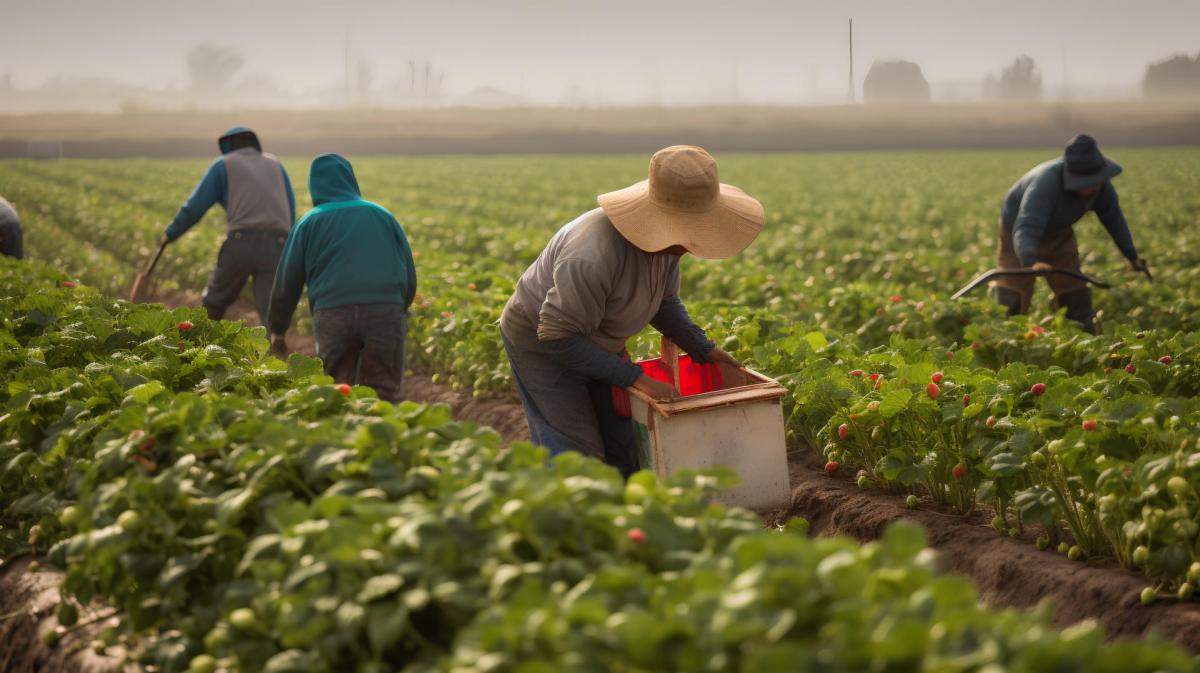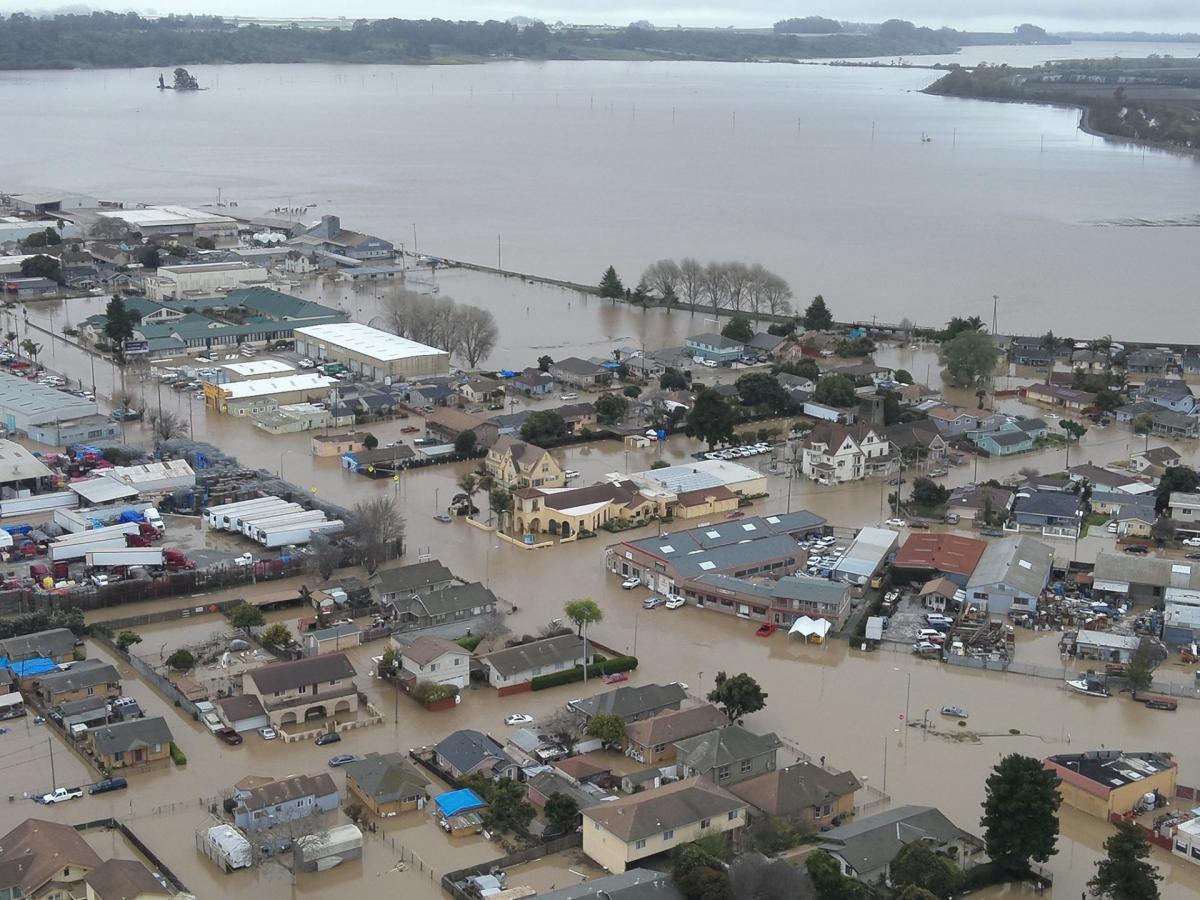Climate change impacts us all, but some more than others
The Fifth National Climate Change Assessment released last month by the White House brought us sobering, though hardly surprising news: The existential effects of human-caused climate change are getting worse.
Here in California, we are all too familiar with this story. Extreme droughts, wildfires, and flooding have hurt crop production and our economic bottom line for years. The report notes that the drought in 2021 cost California agriculture nearly $1.3 billion in estimated losses and cost us more than 8,700 jobs.
Extreme heat is also taking a huge toll on human health. Throughout the state, low-income communities are consistently hotter than their wealthier counterparts. The report points out that the people most vulnerable are overwhelmingly low-income, older people, and those who work outdoors.
For those of us working and living in the Central Valley, this finding is no surprise.
My city of Fowler is in an agricultural area with two major highways running through it. Most of the farmworkers are Latino and low-income. Extreme heat, caused by carbon emissions, is a huge problem for farmworkers, and so is air pollution. Indeed, the San Joaquin Valley has some of the worst pollution in the nation.
Childhood asthma rates are high, and older farm workers deal with a wide range of health issues caused by the dangerous combination of heat and heavy air pollution. Our farm workers have no choice but to work outdoors and deal with the health impacts. While climate change impacts us all, they are paying the biggest price.
The U.S. Environmental Protection Agency is about to announce new regulations governing soot, or particulate matter. No doubt many of our cities, including in Los Angeles County and the Central Valley, will be watching closely.
It’s not just extreme heat and soot that are challenging for farm communities. The mostly farmworker community of Pajaro was devastated by flooding this past winter.
The White House report says that a legacy of racism and exclusionary housing practices means that many communities of color and low-income people face the highest threat of inland flooding. These cities or towns often lack access to adequate flood infrastructure, safe housing, and other resources to help protect against climate impacts.
The bright spot in all of this is that many cities in California are at the forefront of trying to address climate change. The climate change report notes that California has taken far more “adaptation actions than any other state” and is leading the nation in the charge toward electric vehicles.
As cities, we must do all we can to prevent and mitigate the impacts of climate change while keeping our most vulnerable residents at the center of our thinking and planning. But we must also recognize the reality is that some of our cities bear a bigger brunt of the impacts of climate change and have fewer resources to meet the challenges posed by extreme heat, flooding, or wildfires head-on.
That’s why we must think locally but act statewide — and support the cities that are the most vulnerable. Pollution and climate change know no borders or boundaries. What happens in other parts of our state ultimately impacts our collective ability to care for our residents. It is only by working together will we effectively slow down the impacts of climate change and ensure that none of our residents get left behind in our efforts.


